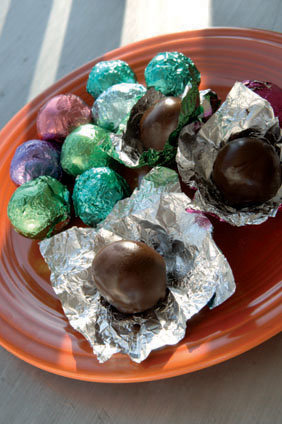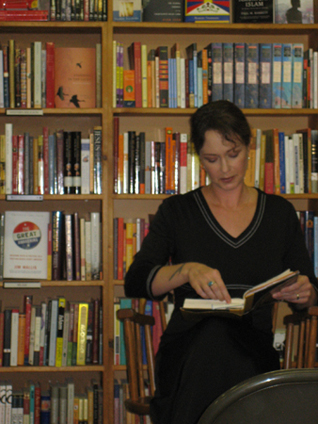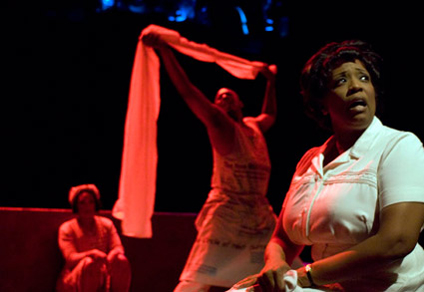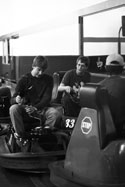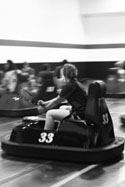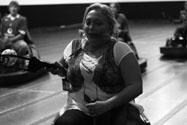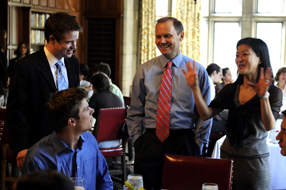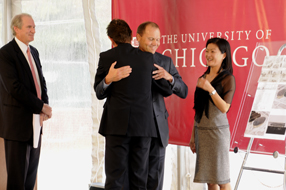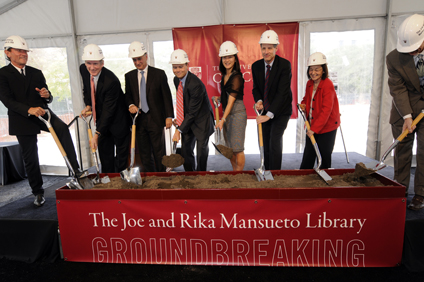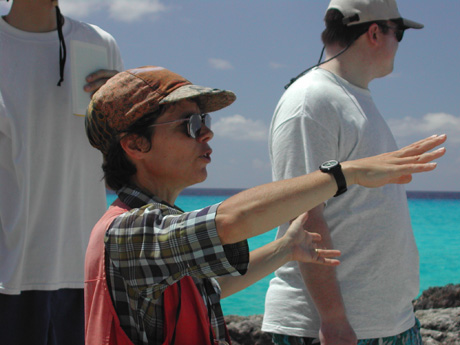Service desk

|
“La Rabida Hospital family help desk, Sarah speaking. Lorenzo, how are you doing?”
Sarah Grusin, ’10, regularly answers the phone this way during her summer Project HEALTH shift, Fridays 12:30-4:30 p.m. Her usual desk partner isn’t here this week, so she’s grateful for any visitors. Grusin has a caseload of 12 clients, who call her with problems such as finding a job and making use of government resources like food stamps. She gets new clients through phone calls, she says, and occasionally hospital patients visit the help desk.
Grusin joined Project HEALTH (Helping Empower, Advocate, and Lead Through Health)—a national organization in which students, “mini-social workers” in her words, connect low-income hospital patients with services for food, housing, and jobs—last year. The U of C branch began in fall 2006.
Lorenzo’s “was the most tragic story I’d ever heard,” Grusin says. The first person she spoke with on her first solo shift after completing training, Lorenzo told her his wife and son had been killed in a car accident a few months earlier, he was trying to obtain legal custody of his stepson, and he’d lost his apartment. Grusin worried, “I’m going to screw up your life and you’re getting evicted and I don’t know what to do.”
“It’s still terrifying,” she says, but “it’s actually difficult to make things worse for people.” None of the terror comes through in her voice as she congratulates Lorenzo on obtaining a job and recommends that he add his stepson to his food-stamp card instead of taking out a new application. She apologizes because it means a trip to the state Department of Human Services—she knows clients dislike the office, where many complain that they don’t get to see anyone even when they have an appointment.
Grusin hopes to continue with Project HEALTH—which has around 50 volunteers who work weekly two-hour shifts at three neighborhood locations, though her summer shift is longer—during the school year, but she may have to cut down on her hours to make time for coursework. She searches apartment listings for Lorenzo, fills out paperwork to refer him to a lawyer for his being denied his Social Security, and puts everything in an envelope. “Some volunteers are big on making all the calls for people,” she says, but she prefers to give people information they can use as their own starting points. “We don’t have to be a filter for them.”
Shira Tevah, '09












